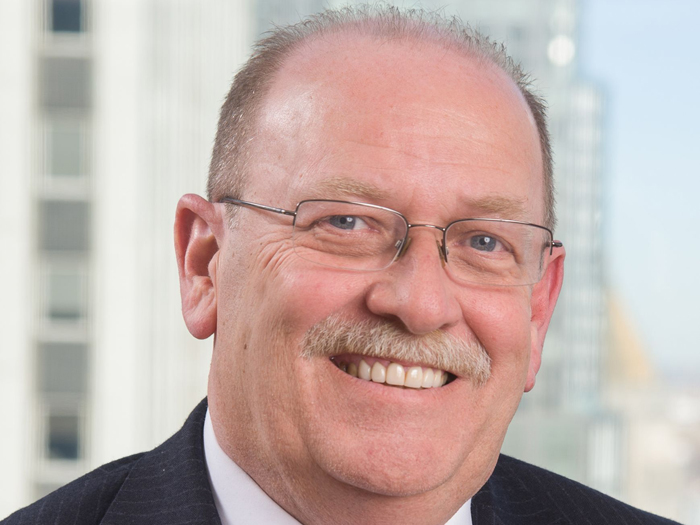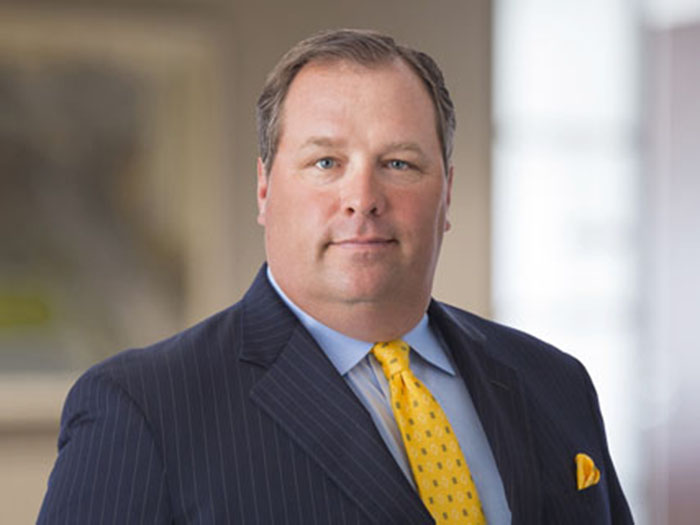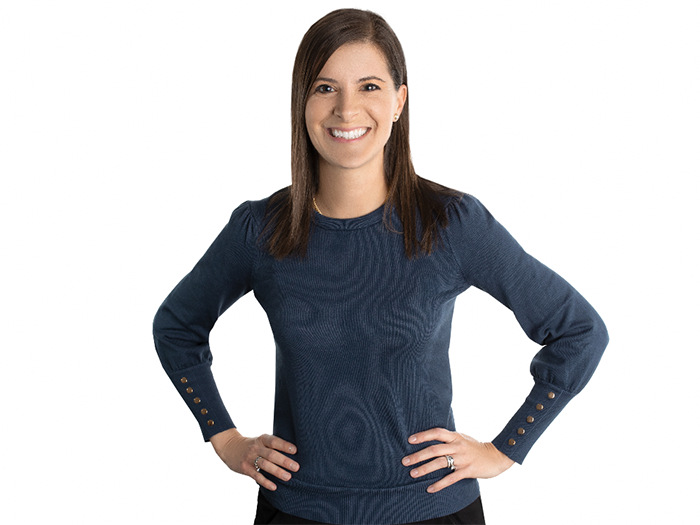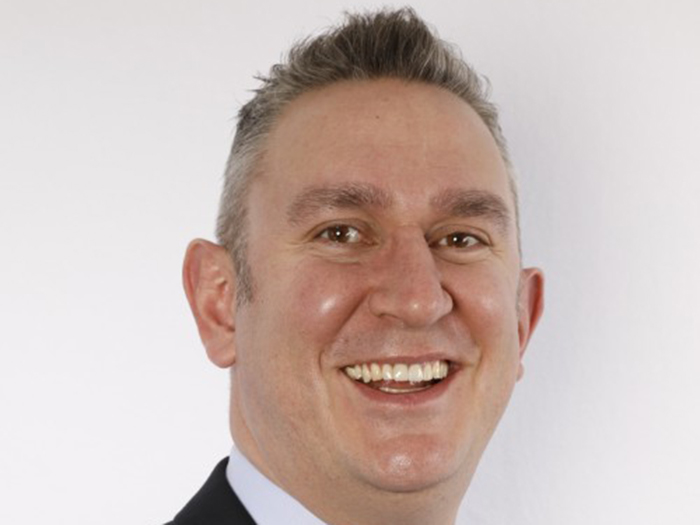8 Questions for Kevin Wolfe of Marcato Marine

Late in 2022 four marine-insurance veterans formed a new specialty marine underwriting agency, Marcato Marine Insurance Services, with the backing of Beat Capital Partners, a long-duration investor with experience in specialty insurance. The initiative is led by Kevin Wolfe as president and chief executive of Marcato. He has more than 40 years of experience in marine insurance and is joined by his son, Marquam Wolfe, as well as Jeffrey Hawkins and John Kiernan.
Beat has launched nine businesses since its founding in 2017, which will collectively write gross premiums of an estimated US$650 million in 2022, and operates Lloyd’s Syndicate 4242. Beat is backed by experienced insurance investors Bain Capital Credit, Elliott Management, and Amwins.
Marcato will have the capacity for project-cargo limits up to $147.5 million (combined project-cargo and delay-in-startup), and $20 million for cargo/warehouse, hull/protection and indemnity, and marine liabilities (primary and excess). There are plans to add inland marine coverage later this year.
Risk & Insurance: What was the genesis of the idea for Marcato? And what is the derivation of the name?
Kevin Wolfe: “There is a wealth of unrealized opportunity in the marine market. The marine departments [at large insurance firms] have become diluted and absorbed into larger property and casualty departments. When I started there were stand-alone marine operations. Brokers no longer have many dedicated marine underwriters to work with. Bringing that back is the reason we established Marcato.
The name is a musical term for an accent over a note. Many of the Beat Capital affiliates have musically oriented names.
R&I: You have a long history in marine insurance. How did you get started?
KW: I’m originally from Chicago and earned a bachelor’s degree in business management from Eastern Illinois University. My father in law, who was an insurance agent for Prudential, advised me to go into marine because it’s more specialized and more challenging.
Marine is a pure form of underwriting. It’s not driven by a manual the way auto and other lines are. I like that. I make use of my knowledge and experience every day to determine proper pricing of the risk relative to the terms and conditions.
R&I: Please also tell us a bit about the rest of the executive team.
KW: We’ve all worked with each other before. Together we have more than a century of experience, each of us in his own area. I started in the 1970s in project cargo and general cargo. Jeff Hawkins worked with me at Allianz, also in project and general cargo. Jack Kiernan’s expertise is in hull and machinery. Marq Wolfe, my son, was briefly with Allianz as well, and a technical cargo broker with Willis for 10 years.
R&I: How does Beat Partners figure into the plan? How did you come to collaborate with them?
KW: Beat Capital got us up and rolling. They are providing back-office services [in addition to financial support]. They are an established firm geared to insurance that has been seeking niche opportunities.
R&I: The timing is propitious, with many marine lines now firming after years of softness with capacity declining and underwriters leaving the sector. What key trends are likely to be important this year in maritime insurance?
KW: Marine sector trends are going in the direction that they should be. Five or six years ago things got overly competitive, and some underwriters were taking on risks that were underpriced. At this point I do see rates staying firm for this year.
There has also been some awakening [to marine lines] in the re-insurance market. The influx of capital a few years ago did tend to push returns down. That was happening at the same time as some underwriters were too loose with terms and conditions. Returns were not impacted for a few years but eventually there were expanded losses that were not coupled with pricing. It was a double whammy.
That leads back to why we formed Marcato. As an underwriter you need to understand what you are providing, and to price it accordingly.
R&I: One recurring source of claims in recent years has been box containers damaged at sea or lost overboard. Is that a function of larger and larger containerships? How big is too big?
KW: No matter how stable and well secured the containers are on the vessel, the g-forces on the boxes at the top of the stack are high as the ship rolls. And we are starting to get to the maximum limit for size of vessels. That is a factor in the operation of the vessels themselves, the risks to the containers, and the value concentration of the cargo.
R&I: Fire is another growing source of claims. Studies are under way to improve fire protection on containerships, but those could take a decade before they are at sea. What can underwriters, freight forwarders, and vessel operators do in the meantime to mitigate that risk?
KW: Fire has always been a risk at sea; in container ships especially because of mislabeled and undeclared cargo. When I talk to loss-control colleagues, mislabeled and undeclared cargo is their biggest concern. It is also fair to say that the world is more aware of fires at sea because of social media.
As you said, fire protection itself is a matter of marine engineering. One thing that is helping on the insurance side is artificial intelligence that reviews manifests and bills of lading for possible hazards. Even with technology providing better ways to monitor and contain hazards, the most important thing is for insurance to be priced according to the risks.
R&I: What are you favorite ports of call, and why?
KW: Even with my entire career in marine insurance, I am not a mariner. So my experience at sea is mostly when my family and I take cruises. My favorite port is probably Ketchikan, Alaska, after cruising the Inland Passage. We’ve been to Greenland to see iceberg calving, and the size of those things is just staggering. We’ve cruised from the West Coast to Hawaii, and through the Panama Canal.
My most colorful story, literally, is on one cruise our luggage did not catch up to us for five days. All I had to wear besides the clothes I had on at boarding, was a pair of lime-green pool shoes and a swimsuit with little fish on it that I bought at the gift shop. &










